9 Fish Varieties That Surprise First-Time Tasters
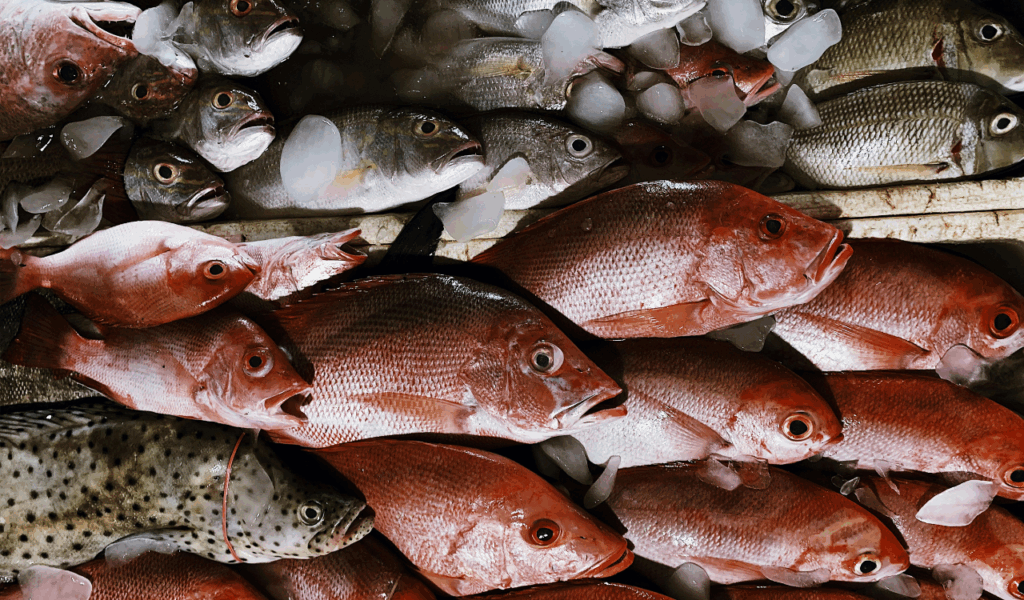
If you only eat salmon or tuna, trying different fish can be exciting and scary at the same time. But there are a lot of lesser-known choices that have interesting textures, tastes, and advantages that can surprise you in a good way. Here is a nice and helpful look at nine types of fish that you might want to think about. (They are easy to find in many places, although the availability will depend on the market.)
1. Butterfish
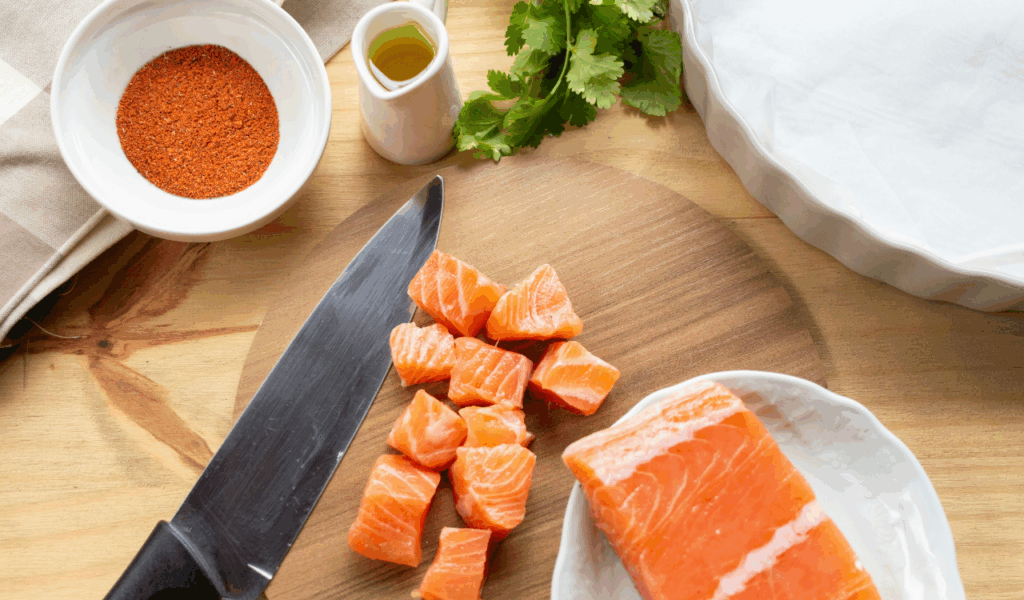
The name of this fish comes from its rich, silky texture and buttery taste. If you’re anticipating “fishy” seafood, this is a nice surprise. Many U.S. waters have a sustainable population of the American butterfish (scientific name: Peprilus triacanthus). Butterfish has soft flesh, therefore it’s better to cook it gently, as by brief pan-searing or light baking, instead of frying it hard. Its mild flavor makes it a perfect way to try more daring fish, yet its richness ensures you won’t miss out on “seafood satisfaction.” And because it’s not as common as salmon or cod, seeing it at the store could feel like a special treat.
2. Monkfish

Don’t be fooled by the strange look of the monkfish (family Lophiidae); it has a great culinary alternative. The flesh of the tail is thick and dense, and people typically say it tastes like lobster and has a moderate flavor. If you like soft, flaky fish but want something more filling, this is a good choice because it holds up well to grilling, roasting, or heavy sauces. You might be shocked at how meaty monkfish feels when you first boil it. Treat it like a steak of seafood: don’t overcook it, add strong flavors like garlic, lemon, and herbs, and enjoy the texture.
3. Red Snapper

Red snapper (Lutjanus campechanus and related species) is one of the more common “surprise” fish. It has a moderate, somewhat sweet flavor and a solid texture that isn’t rubbery. Its nutritional profile is great: it’s high in lean protein and selenium and other vitamins, so it’s a healthy choice when cooked the right way. Snapper is an excellent choice for people who have never tried it before because it doesn’t taste too “fishy,” can be cooked in a variety of ways (grill, bake, steam), and looks great with its bright flesh. Just make sure to check where the food comes from and how fresh it is for the greatest outcomes.
4. Sea Bass
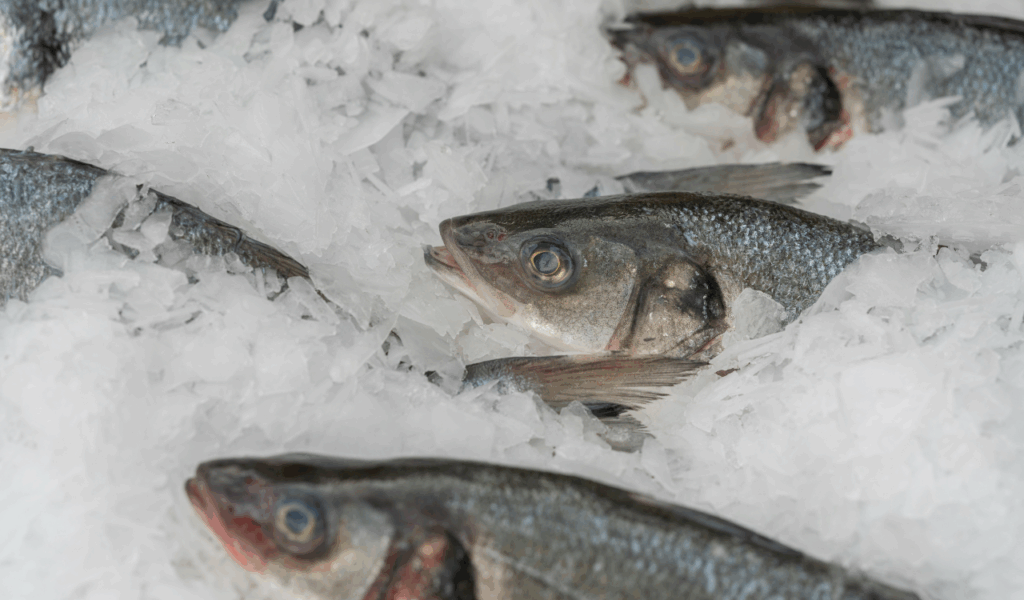
Many people think of sea bass (different species) as a high-end choice since it has a somewhat sweeter taste and a buttery texture that many new fish eaters like. When you compare snapper and sea bass, sea bass usually has a “rich” mouth-feel despite yet being a lean fish. Sea bass is a good choice for serving guests or when you want to make a weekday fish dish more special because of its reputation and texture. Serve with mild sauces, lemon, and fresh herbs, and let the fish shine.
5. Mackerel
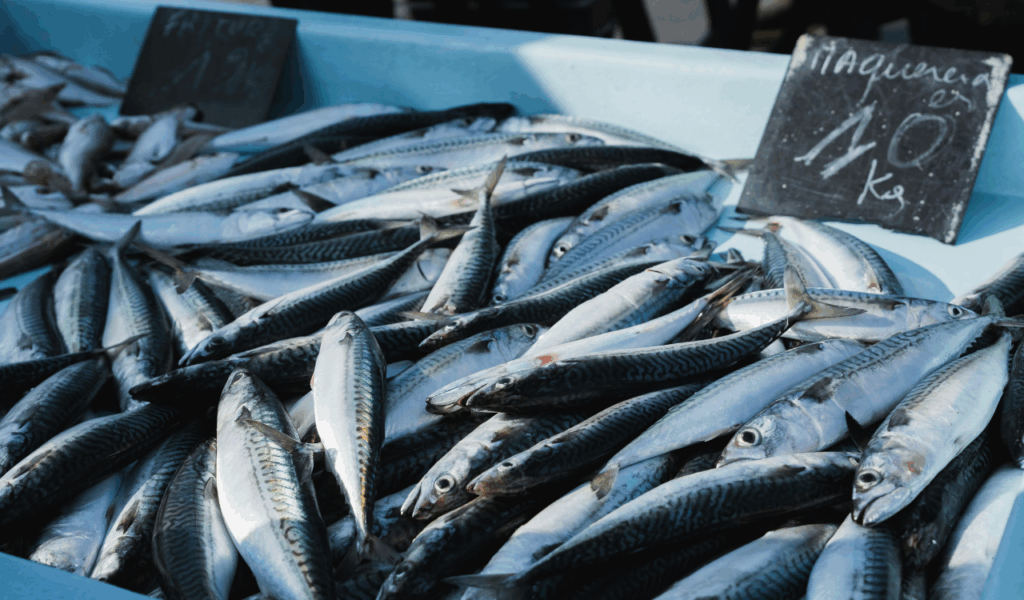
This one might surprise you because it has a stronger flavor than the ones that came before it. Mackerel is oily, flavorful, and full of omega-3 fatty acids. When cooked well (grilled, broiled, or smoked), it’s great for your heart and brain. A first-timer might not want to eat oily fish, but if it’s cooked appropriately, mackerel has a strong taste without being too strong. If you want fish that isn’t too strong, start with a light marinade or citrus glaze that balances the fish’s richness. It keeps wet because it is oily, and it can handle strong spices or just salt and lemon.
6. Halibut

Halibut is a big flatfish with firm, pale flesh. It has a slightly sweet taste and a meaty texture that can startle someone who is used to “fish flakes.” Because it is thick, it may be grilled like a steak, which is great for people who are new to eating fish and may prefer red meat. Choose fillets that are not too thick, cook them until they are barely opaque (to maintain the moisture), and serve them with simple sides so the fish stays the star of the show. You can bake, broil, or sauté it, and its size makes it easy to amaze without a lot of work.
7. Cod
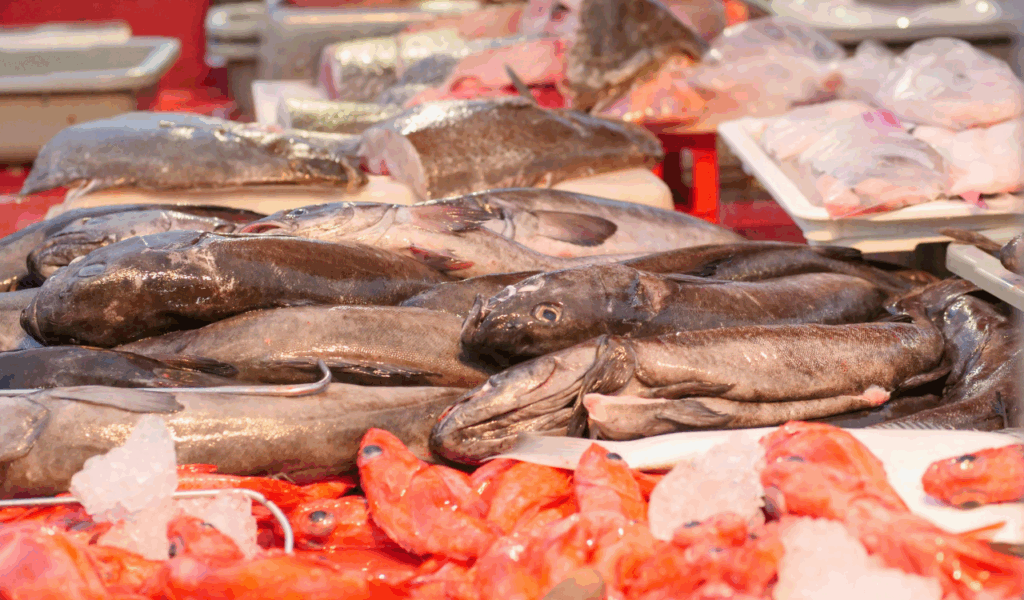
Even though cod may seem familiar, first-time fish eaters are typically surprised by how diverse and tasty it is. Cod is a good “comfort zone” fish to try when you want to try new kinds but don’t want to go too far out of your comfort zone. It has a moderate flavor, flaky but firm white flesh, and is very cheap. It takes flavors nicely. Simple salt and pepper work, but you can also add herbs, citrus, or mild sauces without making the fish taste bad. Because it is mild, you won’t receive any “fishy” surprises; just a clean, pleasing taste and texture.
8. Sea Trout
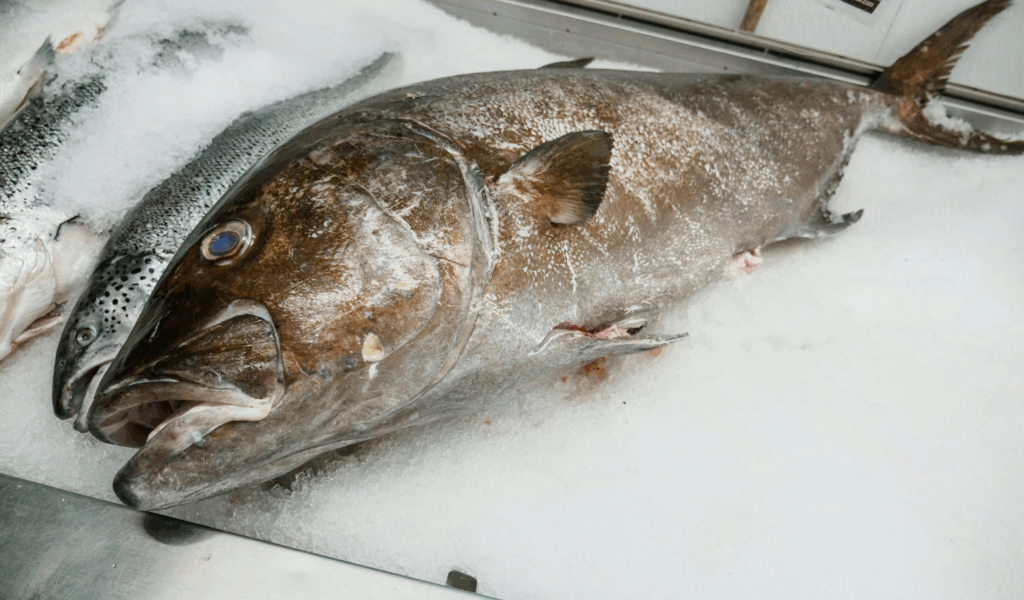
Sea trout (several kinds of trout that dwell in salty or brackish water) has a flavor that is a little fuller than freshwater trout. Its flesh is pink and delicate, and its texture is medium. If you’re used to very mild fish, the modest richness and delicate “sea” flavor of sea trout can be a nice change that isn’t too much. You can pan-fry it with lemon-butter sauce or bake it in the oven with a herb crust. It also creates a “special occasion” atmosphere because it’s not as frequent everywhere. This turns a normal dinner into a delight.
9. Sea Bream
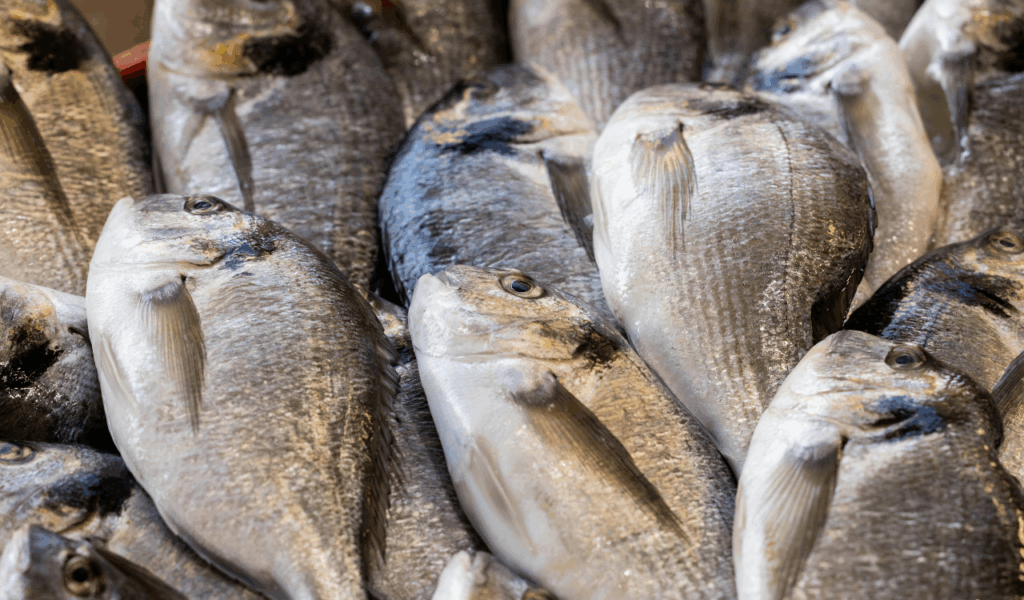
Sea bream, which is a common term for a group of fish of the sparid family, has a moderate, slightly sweet flavor and a fine-flaked texture that makes it easy to eat. Many people who try sea bream for the first time are pleasantly pleased by how “just right” it is; not too fishy, not too bland, and can be cooked in many different ways. Grilling or roasting whole fish can provide a little drama without being scary. Sea bream is a classy next step if you’re ready to move on from fillets.





